Home>Interior Design>What Is The Best Lighting For A Kitchen?


Interior Design
What Is The Best Lighting For A Kitchen?
Modified: February 29, 2024
Discover the best lighting options for your kitchen interior design. Transform your space with the perfect balance of functionality and style.
(Many of the links in this article redirect to a specific reviewed product. Your purchase of these products through affiliate links helps to generate commission for Storables.com, at no extra cost. Learn more)
Introduction
Welcome to the world of kitchen design, where every detail matters, including the lighting. Having the right lighting in your kitchen can significantly enhance its functionality, ambiance, and overall aesthetic appeal. Whether you’re an aspiring chef or someone who simply enjoys spending time in the heart of the home, understanding the different types of lighting options available is essential.
A well-lit kitchen not only allows you to perform tasks efficiently but also creates a warm and inviting atmosphere. From natural lighting to task lighting, ambient lighting, and accent lighting, each serves a specific purpose and contributes to the overall functionality and style of your kitchen.
In this article, we will explore the various lighting options for a kitchen, their benefits, and how to optimize them to create your dream culinary space.
Note: Remember that when it comes to lighting your kitchen, safety should be a top priority. Ensure that all electrical work is done by a professional to avoid any hazards.
Key Takeaways:
- Maximize natural lighting in your kitchen by strategic window placement, reflective surfaces, and mirrors to enhance mood, improve visibility, and boost energy efficiency.
- Incorporate a well-balanced lighting scheme in your kitchen with layers of ambient, task, and accent lighting to create a functional, inviting, and visually stunning culinary space.
Read more: What Is The Best Floor For Kitchen
Natural Lighting
Incorporating natural lighting into your kitchen design has numerous benefits. Not only does it create a warm and inviting atmosphere, but it also helps reduce energy costs by illuminating the space during the day. Here are some key advantages of natural lighting in the kitchen:
- Enhances Mood: Natural light has a positive impact on our well-being and can help improve our mood. It creates a sense of openness and connection to the outdoors, making the kitchen a more enjoyable space to spend time in.
- Provides Vitamin D: Exposure to natural light allows our bodies to produce vitamin D, which is vital for bone health and immune system function. Spending time in a well-lit kitchen can help boost your overall health and well-being.
- Improves Visibility: Natural light provides a high level of illumination that artificial lighting cannot always replicate. It allows you to see colors more accurately and makes tasks like meal preparation and cooking easier and safer.
- Energy Efficiency: By relying more on natural light during the day, you can reduce your dependence on artificial lighting and lower your energy consumption, thereby saving on electricity bills.
To maximize natural lighting in your kitchen, consider the following tips:
- Strategic Window Placement: If you have the flexibility to design or renovate your kitchen layout, consider placing windows strategically to take advantage of natural light. Positioning windows near work areas, such as the sink or food preparation areas, can provide ample lighting during the day.
- Use of Reflective Surfaces: Light-colored or reflective surfaces, such as glossy cabinets, countertops, and backsplashes, can help bounce natural light around the kitchen, making it feel brighter and more spacious.
- Remove Obstacles: Ensure that window sills, curtains, or blinds do not obstruct the flow of natural light into the kitchen. Keep windows clean and clear of any obstructions to allow maximum light penetration.
- Utilize Mirrors: Placing mirrors strategically across from windows can help amplify the natural light in the kitchen by reflecting it into darker areas. This technique is especially useful if your kitchen does not receive much direct sunlight.
- Trim Trees and Shrubs: If you have trees or shrubs outside your kitchen windows, regularly trim them to prevent light blockage. This ensures that ample natural light enters the kitchen space.
By optimizing natural lighting in your kitchen, you can create a bright, inviting, and energy-efficient space that elevates your cooking and dining experiences.
Task Lighting
When it comes to kitchen lighting, task lighting plays a crucial role in providing focused illumination for specific work areas. Task lighting ensures that you have ample light to perform tasks, such as food preparation, cooking, and reading recipes. Here are some reasons why task lighting is essential in the kitchen:
- Enhances Visibility: Task lighting illuminates the areas where you need the most visibility, such as the countertop, stove, sink, and cutting board. This focused lighting improves safety and accuracy while performing tasks, reducing the risk of accidents and errors.
- Aids in Food Preparation: Proper lighting for food preparation is essential for precise chopping, measuring ingredients, and ensuring food is cooked to perfection. Task lighting eliminates shadows and ensures you can see the details clearly, enhancing your cooking experience.
- Increases Efficiency: With adequate task lighting, you can work efficiently in the kitchen. Whether you’re searching for items in cabinets or reading recipes, task lighting makes it easier to find what you need and complete tasks more quickly.
- Highlighting Kitchen Features: Task lighting can be used to highlight specific kitchen features, such as a beautiful backsplash or an intricately designed range hood. This helps create focal points and adds to the overall aesthetic appeal of your kitchen.
Now let’s explore some options for task lighting in the kitchen:
- Under-Cabinet Lighting: Installing lights underneath the upper cabinets provides direct illumination on the countertop, eliminating shadows and making food preparation effortless. LED strips or puck lights are popular choices for under-cabinet lighting due to their compact size and energy efficiency.
- Task Lighting for the Sink: Placing a light fixture above the sink area ensures adequate lighting for dishwashing and other water-related tasks. Pendant lights or recessed lighting are ideal for this purpose.
- Recessed Lighting: Recessed lights are installed into the ceiling, providing even and shadow-free lighting. They are versatile and can be placed strategically to illuminate specific areas in the kitchen, such as the cooking range or kitchen island.
- Pendant Lights: Pendant lights are a popular choice for task lighting in the kitchen. They hang from the ceiling and can be installed over kitchen islands or dining areas, providing focused light for tasks while adding a stylish touch to the space.
- Adjustable Track Lighting: Track lighting consists of multiple light fixtures mounted on a track, allowing you to direct the light where it’s needed most. This flexibility makes it ideal for task lighting in the kitchen, as you can adjust the direction of the lights to suit different work areas.
Remember that when selecting task lighting, it’s important to consider the specific needs and layout of your kitchen. By incorporating appropriate task lighting fixtures, you can create a well-lit kitchen that enhances both functionality and style.
Ambient Lighting
Ambient lighting is the foundational lighting used to create an overall illumination in a space. In the kitchen, ambient lighting sets the mood and provides general lighting that helps create a warm and inviting atmosphere. Here are some key reasons why ambient lighting is important in the kitchen:
- Overall Illumination: Ambient lighting ensures that the entire kitchen space is well-lit, providing a comfortable and functional environment. It fills in the gaps between task lighting and accent lighting, ensuring that no areas are left in shadows.
- Enhances Safety: Proper ambient lighting helps prevent accidents and provides a safe environment for cooking and moving around the kitchen. It ensures that you can navigate the space easily, avoiding any potential hazards.
- Mood Setting: Ambient lighting sets the tone for the kitchen and contributes to the overall ambiance. It creates a warm and inviting atmosphere that is essential for comfortable dining and entertaining guests.
- Highlights Architectural Features: Ambient lighting can be used to highlight architectural features, such as ceiling beams, archways, or decorative molding. It adds depth and visual interest to the space, enhancing the overall design of the kitchen.
Let’s explore some common types of ambient lighting fixtures that can be used in the kitchen:
- Ceiling Fixtures: Ceiling fixtures are a popular choice for ambient lighting in the kitchen. This can include recessed lighting, flush mount fixtures, or semi-flush mount fixtures. These fixtures provide overall illumination and can be positioned strategically to evenly distribute light throughout the space.
- Chandeliers: Chandeliers offer both ambient lighting and a touch of elegance and style. They come in a variety of designs and sizes, making it easy to find one that complements your kitchen decor. Chandeliers are commonly used in kitchens with higher ceilings or as a statement piece over a dining area or kitchen island.
- Pendant Lights: Pendant lights can serve both functional and aesthetic purposes in the kitchen. They hang from the ceiling and can be used to provide ambient lighting when placed strategically throughout the space. Pendant lights come in various styles, sizes, and materials, allowing you to customize the look to suit your kitchen design.
- Track Lighting: Track lighting is a versatile option that can be used for both ambient and task lighting. It consists of multiple adjustable light fixtures mounted on a track, allowing you to direct the light where it’s needed most. This flexibility makes it an ideal choice for illuminating various areas of the kitchen.
- Wall Sconces: Wall sconces provide a soft and ambient glow that adds warmth and depth to the kitchen. They are commonly installed on the walls, either flanking a range hood or placed strategically to create a balanced lighting scheme.
By incorporating ambient lighting fixtures into your kitchen design, you can create a well-lit and inviting space that is both functional and aesthetically pleasing.
Accent Lighting
Accent lighting is a powerful tool that can elevate the overall design and aesthetics of your kitchen. It is used to draw attention to specific features or objects, creating visual interest and adding a touch of drama. Here’s how you can utilize accent lighting to enhance your kitchen design:
- Highlighting Design Elements: Accent lighting can be used to highlight architectural features, such as exposed brick walls, stone backsplashes, or decorative molding. By strategically placing accent lights, you can enhance the texture and depth of these design elements and create a focal point in your kitchen.
- Artwork and Display Shelves: If you have artwork or decorative items displayed in your kitchen, accent lighting can be used to showcase them. You can install small spotlights or picture lights above the artwork or along display shelves to draw attention to these items and create a visually appealing display.
- Cabinet Lighting: Accent lighting inside cabinets or open shelves can add a beautiful glow to your kitchen. Installing LED strip lights or puck lights inside glass-front cabinets can highlight your dishware or other decorative items and create an inviting ambiance.
- Under-Counter Lighting: Placing accent lights under the overhang of an island or breakfast bar can create a cozy and inviting atmosphere. This type of lighting can enhance the visual appeal of the kitchen and provide a warm ambiance, especially during evenings or when entertaining guests.
- Toe-Kick Lighting: If you want to create a soft and indirect lighting effect, consider installing toe-kick lighting along the base of your cabinets. This type of accent lighting adds a subtle glow to the floor area, making your kitchen feel more spacious and adding a touch of sophistication.
When it comes to accent lighting, proper placement is crucial for a balanced and visually appealing result. Consider the following placement tips:
- Direct accent lights towards the object or feature you want to highlight.
- Avoid overusing accent lighting to prevent a cluttered or overwhelming effect.
- Use a combination of accent lights at different heights and angles to create depth and dimension in your kitchen.
- Experiment with different types of light fixtures, such as track lighting, spotlights, or recessed lights, to achieve the desired accent lighting effect.
By incorporating accent lighting in your kitchen design, you can add a touch of drama, showcase your favorite design elements, and create a visually stunning space that reflects your personal style.
Consider installing recessed lighting in the kitchen for even and efficient illumination. This type of lighting can be strategically placed to provide ample light for cooking and food preparation.
Read more: What Are The Best Outdoor Lights?
Choosing the Right Bulbs
When it comes to selecting bulbs for your kitchen lighting, there are several factors to consider. The right bulbs can greatly impact the functionality, ambiance, and energy efficiency of your kitchen. Here are some key factors to keep in mind:
- Brightness: The brightness of the bulbs, measured in lumens, plays a crucial role in kitchen lighting. Consider the specific areas where you need bright illumination, such as the countertop and stove, and choose bulbs with higher lumens for those areas. For ambient or accent lighting, bulbs with lower lumens can create a more relaxed atmosphere.
- Color Temperature: Color temperature, measured in Kelvin (K), determines the tone of light emitted by a bulb. For kitchen lighting, most people prefer a color temperature between 2700K and 3000K, which produces a warm and inviting ambiance. However, if you prefer a brighter and cooler light, you can opt for bulbs in the 3500K to 4000K range.
- Energy Efficiency: Choosing energy-efficient bulbs not only helps reduce electricity costs but also minimizes environmental impact. Look for bulbs with the Energy Star label, which indicates that they meet specific energy efficiency criteria set by the U.S. Environmental Protection Agency (EPA).
- Durability: Consider the durability and lifespan of the bulbs. LED bulbs are highly recommended for kitchen lighting due to their long lifespan, energy efficiency, and durability. They also produce minimal heat, making them safe for use in the kitchen.
- Dimmability: If you have lighting fixtures in the kitchen that are dimmable, make sure to choose bulbs that are compatible with dimmer switches. This allows you to adjust the brightness and create different moods in your kitchen based on your needs and preferences.
Now, let’s explore some types of bulbs that are suitable for kitchen lighting:
- LED Bulbs: LED bulbs are the most popular choice for kitchen lighting. They are energy-efficient, durable, and have a long lifespan. LED bulbs are available in various color temperatures and can be dimmable, making them versatile for different lighting needs in the kitchen.
- Halogen Bulbs: Halogen bulbs produce a bright, crisp light and are often used for task lighting in the kitchen. However, they are less energy-efficient compared to LED bulbs and can generate more heat, so caution should be taken when using them in enclosed fixtures.
- Fluorescent Bulbs: Fluorescent bulbs are known for their energy efficiency and are suitable for providing ambient lighting in large kitchen spaces. However, they may not be the best choice for areas where warm lighting is desired, as they tend to emit cooler and bluish light.
- Incandescent Bulbs: Incandescent bulbs produce a warm, soft light that many people find pleasing in the kitchen. However, they are not as energy-efficient as LED bulbs and have a shorter lifespan. As a result, they are being phased out in favor of more efficient options.
Consider the specific lighting needs and preferences of your kitchen when selecting bulbs. Combining different types of bulbs in different fixtures can help create a well-balanced and versatile lighting scheme that meets your functional and aesthetic requirements.
Lighting Layout and Placement
The proper layout and placement of lights in your kitchen are essential for creating a well-lit and functional space. A good lighting design should incorporate a combination of different types of lights strategically placed to provide adequate illumination where it’s needed the most. Here are some tips for creating an effective lighting layout in your kitchen:
- Create Layers of Light: Aim to have multiple layers of light in your kitchen, including ambient, task, and accent lighting. This approach allows you to customize the lighting levels based on the specific activities taking place in different areas of the kitchen.
- Start with Ambient Lighting: Begin by installing ambient lighting fixtures, such as ceiling lights or recessed lighting, to provide overall illumination in the space. This ensures that the kitchen is evenly lit, creating a comfortable and inviting environment.
- Add Task Lighting: Identify the key task areas in your kitchen, such as the countertop, stove, and sink, and install task lighting fixtures to provide focused illumination. This helps prevent shadows and ensures that you have ample light to perform tasks efficiently and safely.
- Consider Under-Cabinet Lighting: Illuminate the workspace on countertops by installing under-cabinet lighting. This not only provides direct task lighting but also adds a layer of ambient lighting to the kitchen, enhancing visibility and creating a warm ambiance.
- Incorporate Accent Lighting: Use accent lighting to highlight architectural features, artwork, or decorative elements in your kitchen. Placement of accent lights should be done strategically to create visual interest and draw attention to specific focal points.
- Pay Attention to Shadows: When placing lights, consider potential shadow areas, especially in task areas. Ensure that the light source is positioned to minimize shadows on the countertop, stove, and sink, allowing you to work with clarity and precision.
- Use Dimmers: Install dimmer switches for your kitchen lights to have control over the intensity of the lighting. Dimmers allow you to adjust the brightness to create different moods and levels of illumination based on your needs and preferences.
- Balance Light Distribution: Aim for a balanced distribution of light throughout the kitchen, avoiding areas that are excessively bright or too dim. Adjust the layout and placement of lights to achieve an even and functional lighting scheme.
Remember, the specific layout and placement of lights will depend on the size, layout, and design of your kitchen. Experiment with different lighting configurations to find the perfect balance that meets your needs and enhances the overall functionality and aesthetics of your kitchen.
Maintenance and Energy Efficiency
Maintaining your kitchen lighting fixtures is important to ensure they continue to perform optimally and to extend their lifespan. Additionally, opting for energy-efficient lighting options can help reduce your energy consumption and lower your electricity bills. Here are some tips for maintaining your kitchen lighting fixtures and selecting energy-efficient options:
- Regular Cleaning: Dust and debris can accumulate on the surface of lighting fixtures, reducing their brightness. Clean your fixtures regularly with a soft cloth or duster to remove any dirt or grime. For glass fixtures, use a mild glass cleaner to keep them looking clear and bright.
- Check and Replace Bulbs: Regularly check your bulbs, especially if you notice a decrease in brightness. Replace any burnt-out or dim bulbs promptly to ensure consistent lighting levels in your kitchen. It’s also a good practice to replace bulbs with energy-efficient options, such as LED bulbs, as they have a longer lifespan and consume less energy.
- Inspect Wiring and Connections: Periodically inspect the wiring and connections of your kitchen lighting fixtures. Look for any signs of wear, loose wires, or loose connections. If you notice any issues, it’s best to consult a professional electrician to address them and ensure safety in your kitchen.
- Consider Motion Sensors or Timers: For areas where you don’t always need constant lighting, consider installing motion sensors or timers. These devices automatically turn off the lights when there’s no activity in the room, helping save energy by avoiding unnecessary usage.
- Opt for Energy-efficient Lighting: When selecting new lighting fixtures or bulbs, choose energy-efficient options. LED bulbs are highly recommended for their long lifespan and low energy consumption. They may have a slightly higher upfront cost, but they more than make up for it in energy savings over their lifetime.
- Utilize Natural Lighting: Make use of natural lighting during the daytime to reduce your reliance on artificial lighting. Keep curtains or blinds open to let in natural light, and consider strategically placing windows or skylights to maximize natural illumination in your kitchen.
- Use Lighting Controls: Install lighting controls, such as dimmer switches or smart lighting systems, to have more control over the intensity and timing of your kitchen lighting. This allows you to adjust the lighting levels based on your needs and preferences, reducing unnecessary energy usage.
- Invest in ENERGY STAR-rated Fixtures: Look for kitchen lighting fixtures that have earned the ENERGY STAR label. These fixtures meet strict energy efficiency guidelines set by the U.S. Environmental Protection Agency (EPA) and can significantly reduce your energy consumption while providing high-quality lighting.
By following these maintenance tips and opting for energy-efficient lighting options, you can ensure that your kitchen lighting remains in optimal condition, save on energy costs, and reduce your environmental impact.
Conclusion
Choosing the right lighting for your kitchen is essential for creating a functional, inviting, and visually appealing space. By considering the different types of lighting options available, you can create a well-balanced lighting scheme that enhances both the functionality and aesthetics of your kitchen.
Start by maximizing natural lighting in your kitchen to enjoy its numerous benefits, such as mood enhancement, vitamin D production, and energy efficiency. Strategic window placement, reflective surfaces, and mirrors can help you make the most of the natural light available.
Task lighting is crucial for performing specific tasks in the kitchen with precision and safety. Under-cabinet lighting, task lighting for the sink, and recessed lighting are just a few options to consider for focused illumination.
Ambient lighting sets the overall tone and provides general illumination for your kitchen. Ceiling fixtures, chandeliers, and pendant lights can create a comfortable and inviting atmosphere while highlighting architectural features.
Accent lighting adds a touch of drama and style to your kitchen, emphasizing specific design elements, artwork, or display shelves. Wall sconces, under-counter lighting, and toe-kick lighting are effective ways to incorporate accent lighting in your kitchen.
When selecting bulbs for your kitchen lighting, consider factors such as brightness, color temperature, energy efficiency, durability, and dimmability. LED bulbs are a popular choice due to their energy efficiency, long lifespan, and versatility.
Proper lighting layout and placement are crucial for achieving a well-lit kitchen. Create layers of light by combining ambient, task, and accent lighting. Consider the specific needs of different areas in your kitchen and aim for balanced light distribution.
Maintaining your kitchen lighting fixtures and opting for energy-efficient options are important for both performance and sustainability. Regular cleaning, bulb replacement, and inspection of wiring ensure optimal functionality, while energy-efficient bulbs and lighting controls help reduce energy consumption.
In conclusion, by understanding the different types of lighting and considering factors such as functionality, aesthetics, and energy efficiency, you can create a kitchen lighting design that enhances your culinary experiences and adds beauty to your home.
Frequently Asked Questions about What Is The Best Lighting For A Kitchen?
Was this page helpful?
At Storables.com, we guarantee accurate and reliable information. Our content, validated by Expert Board Contributors, is crafted following stringent Editorial Policies. We're committed to providing you with well-researched, expert-backed insights for all your informational needs.
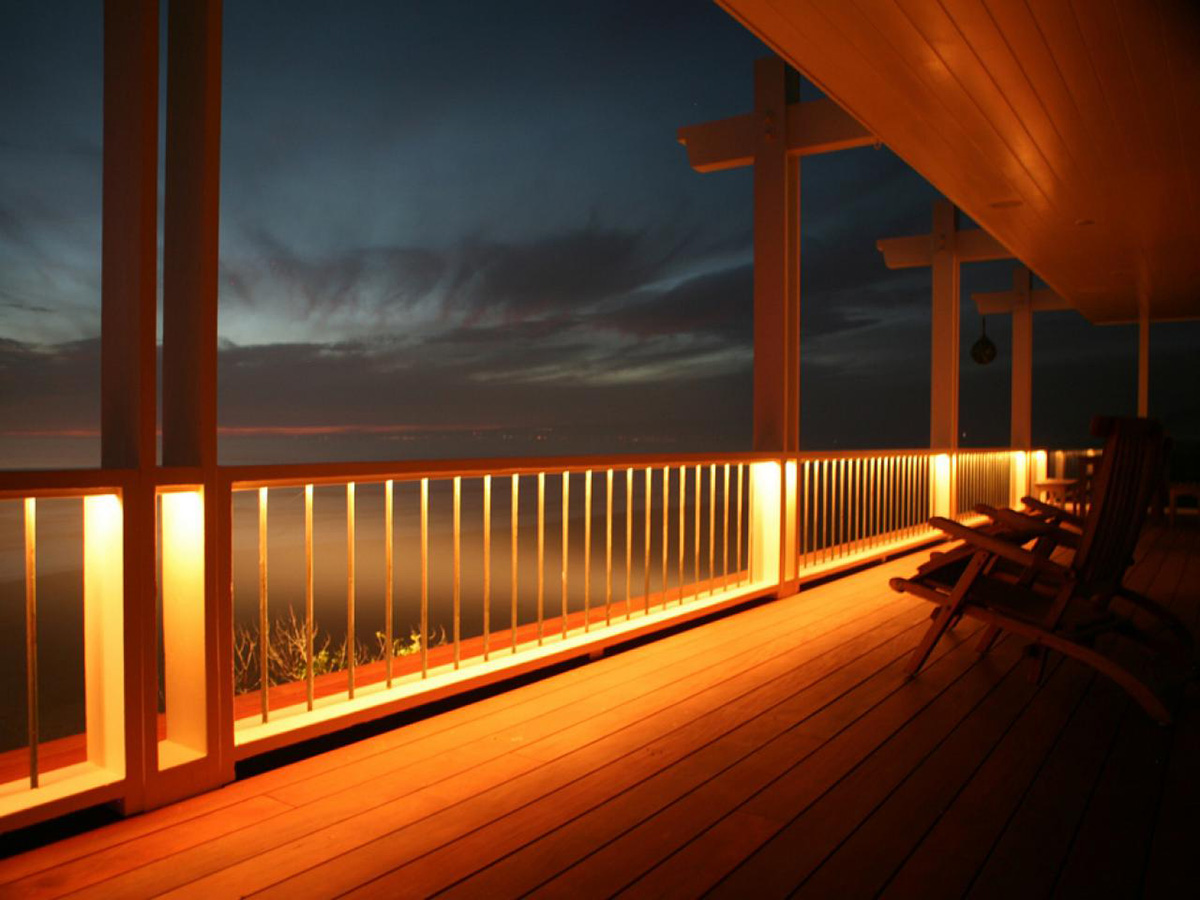
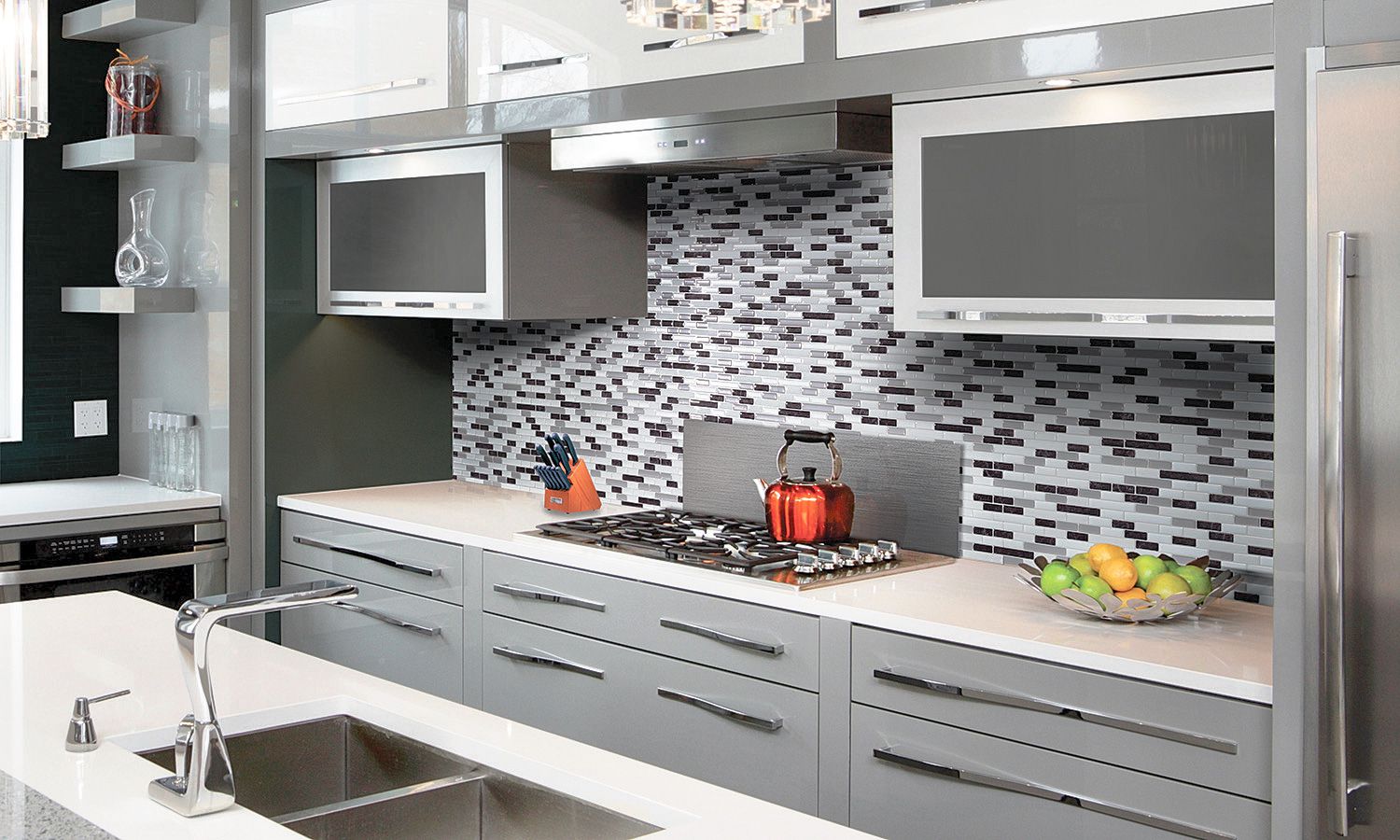
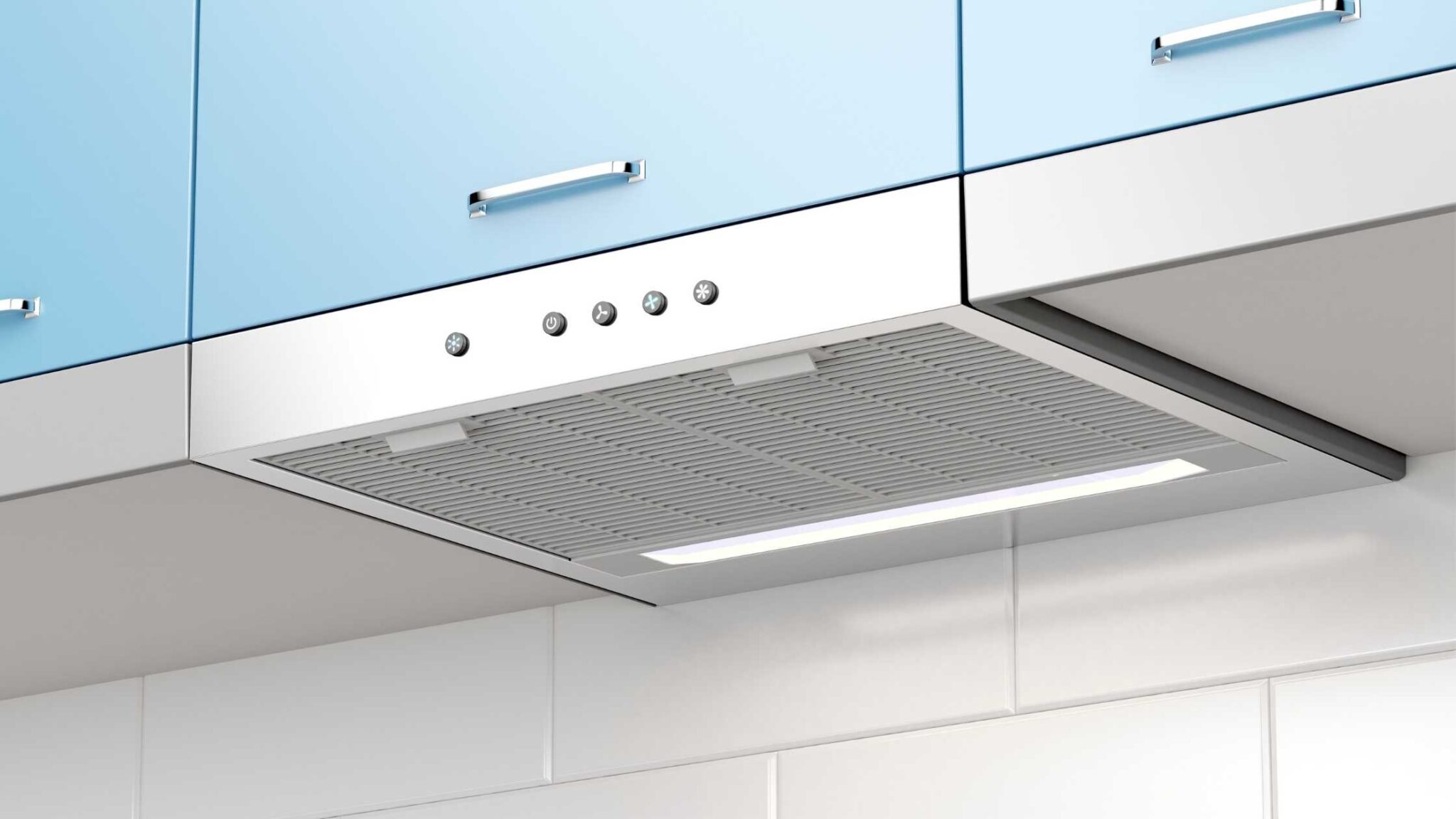
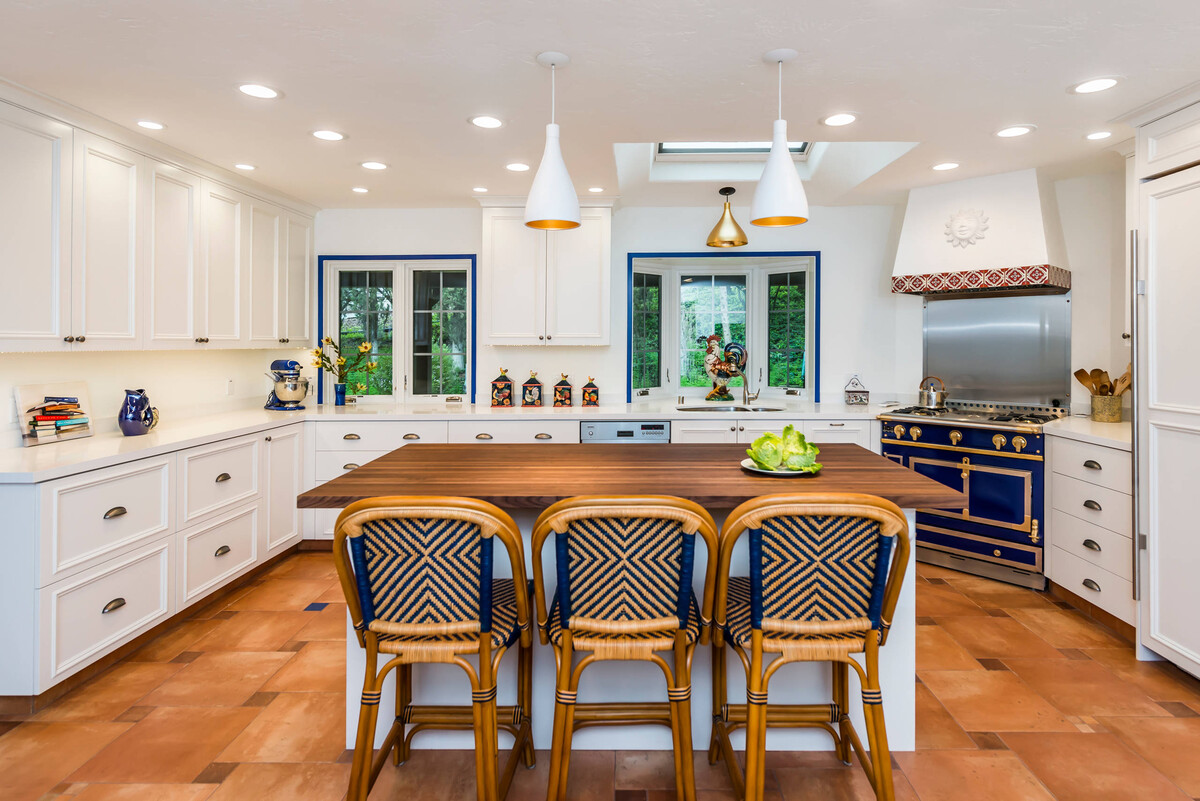
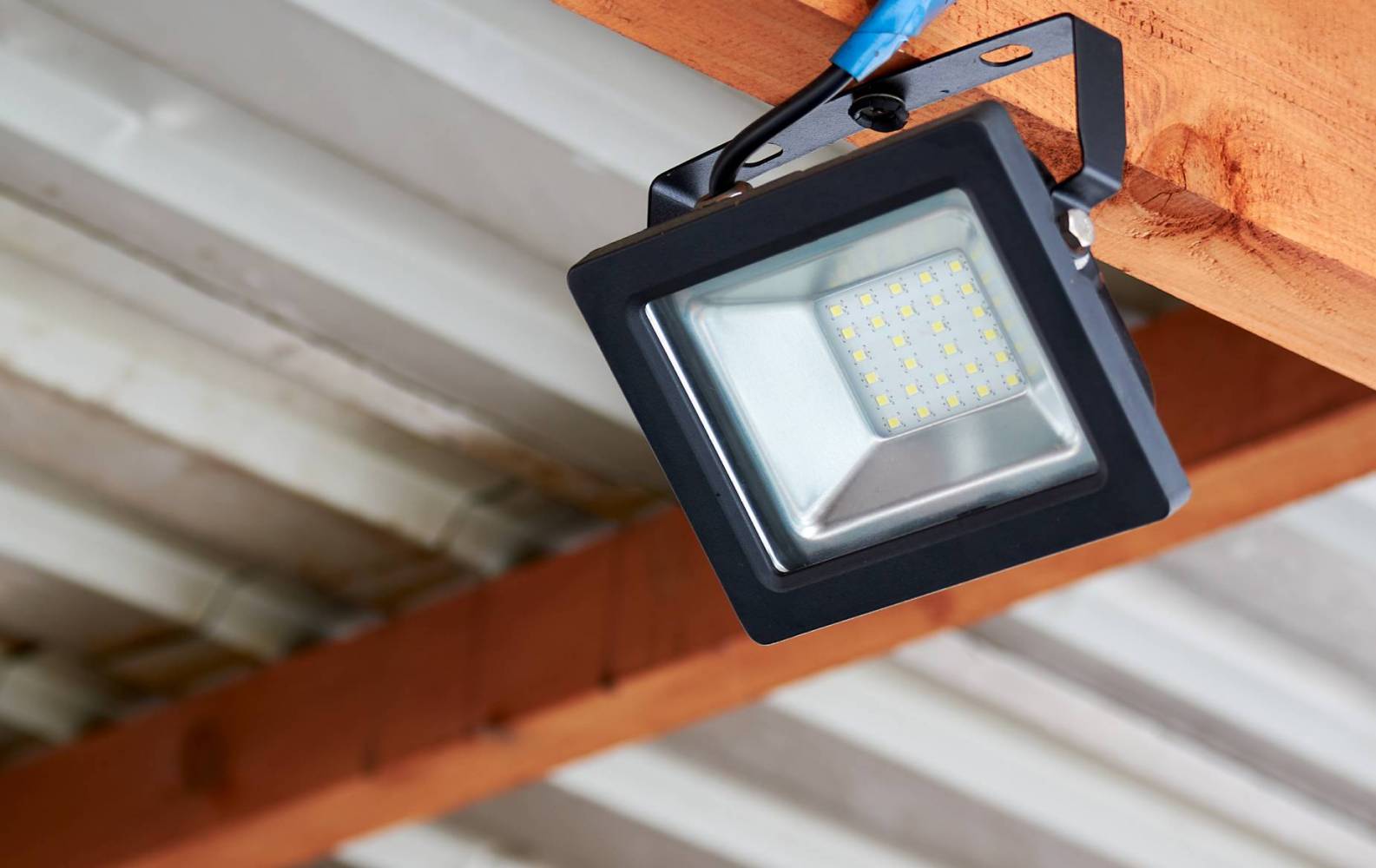
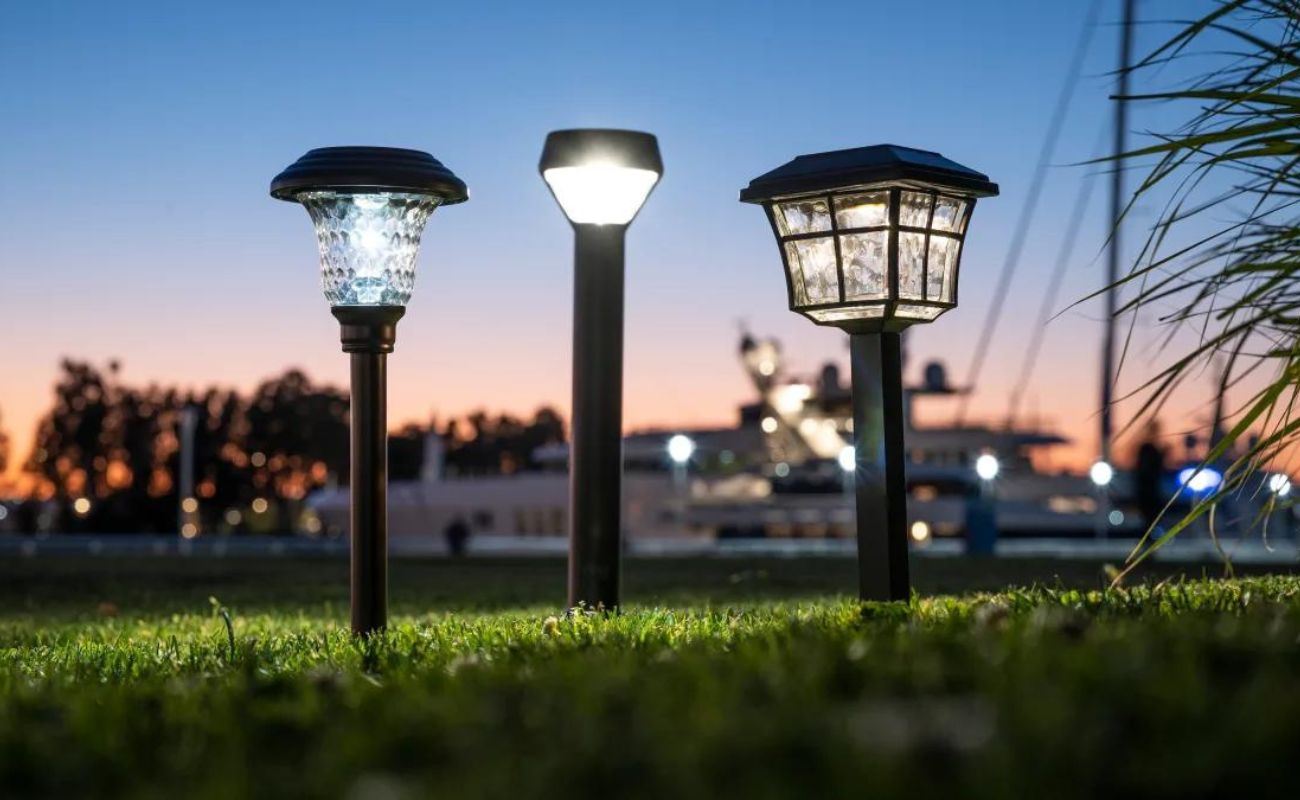
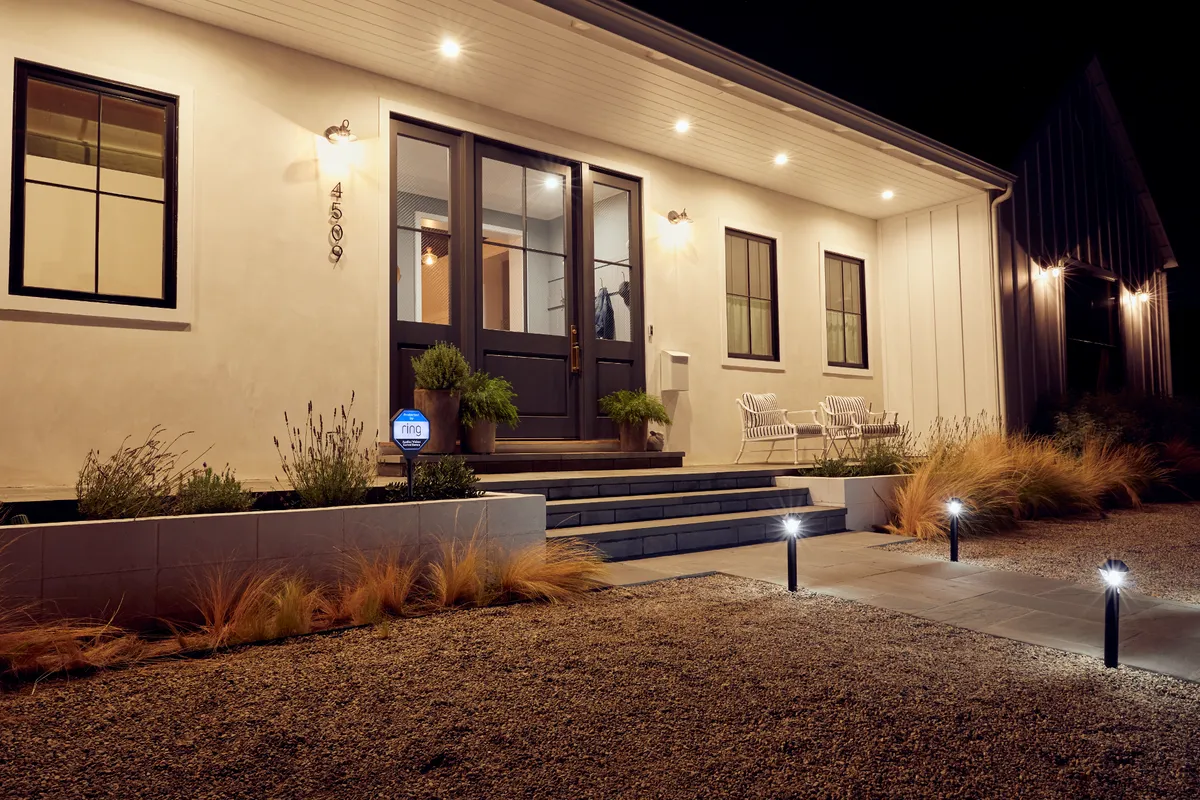
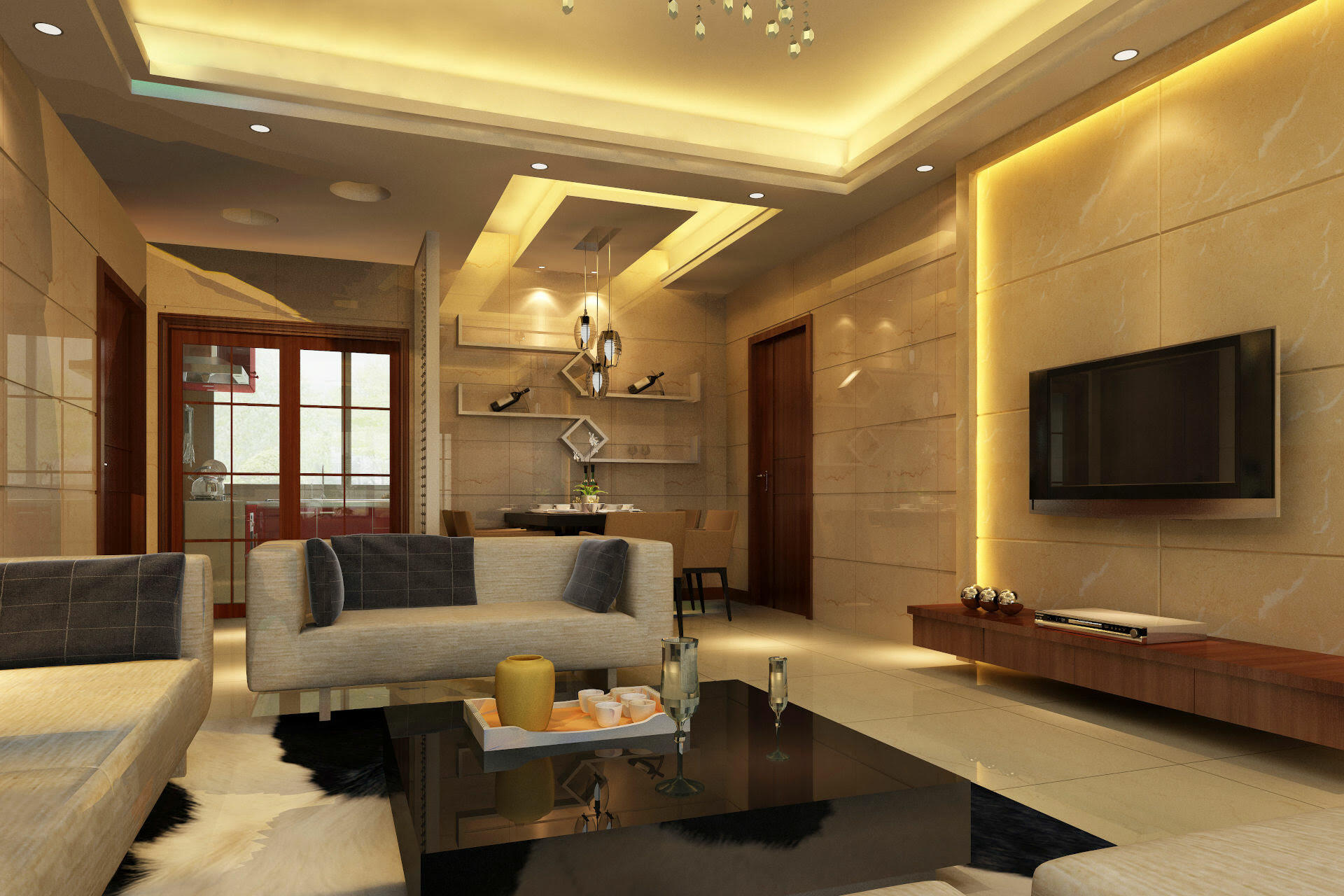
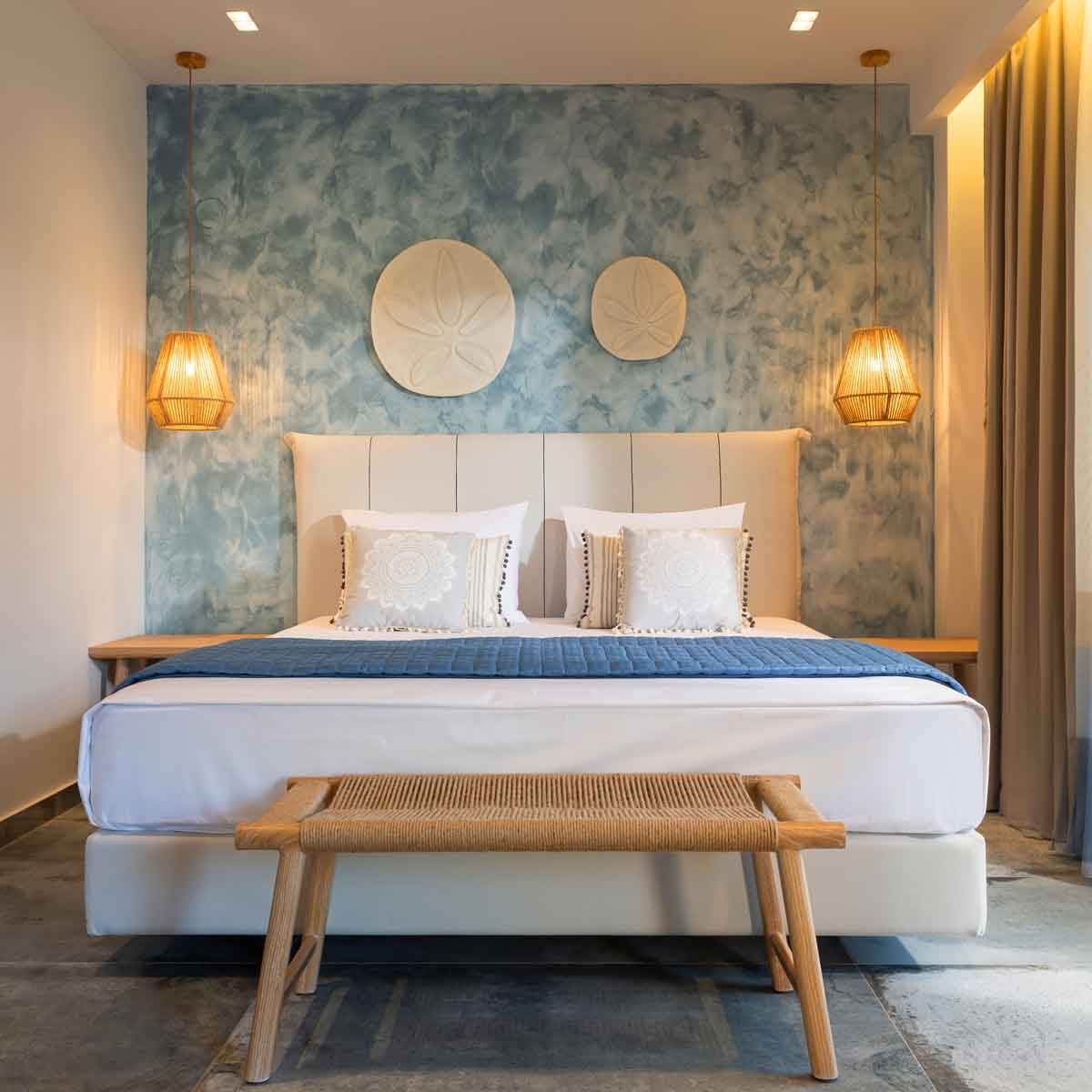
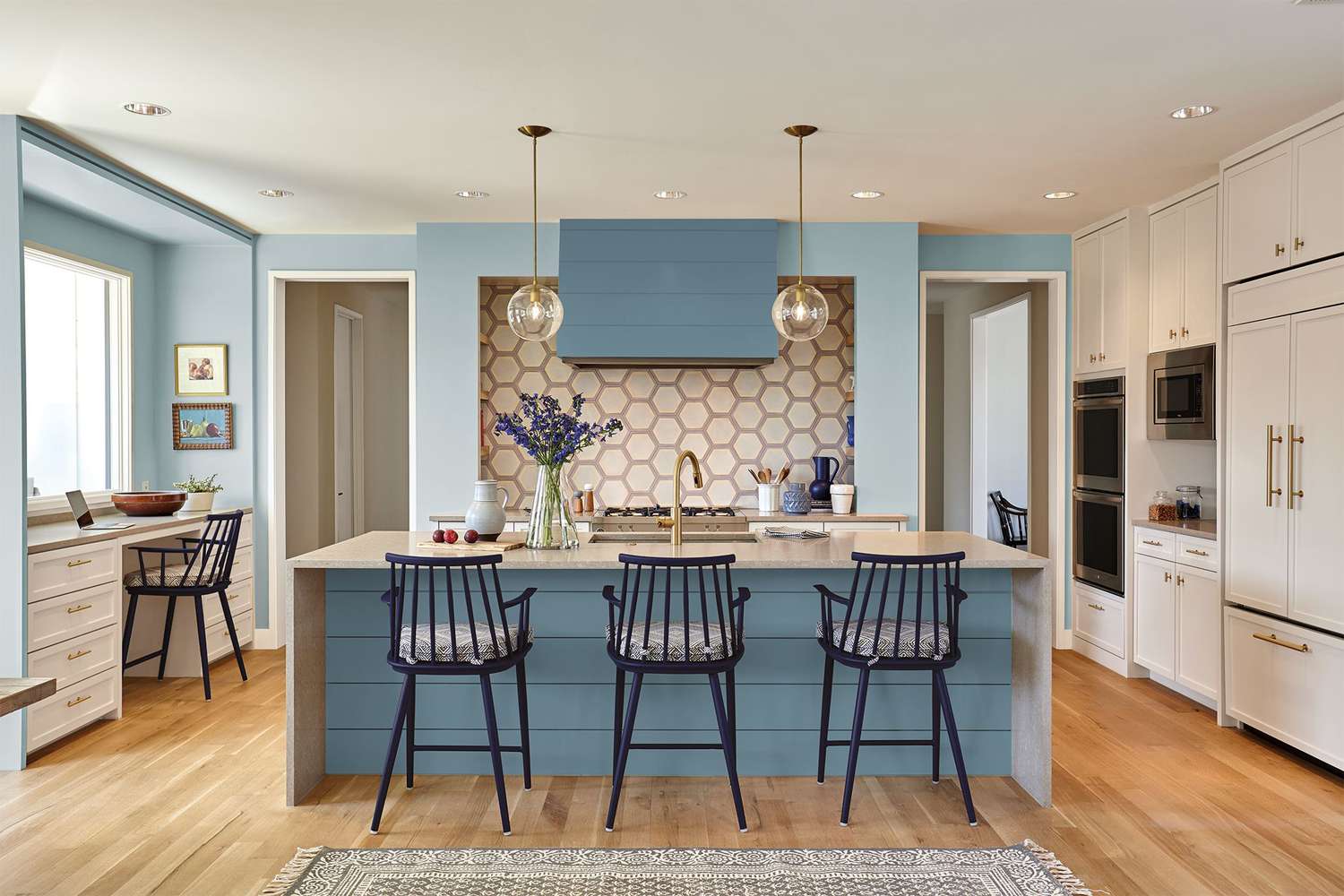
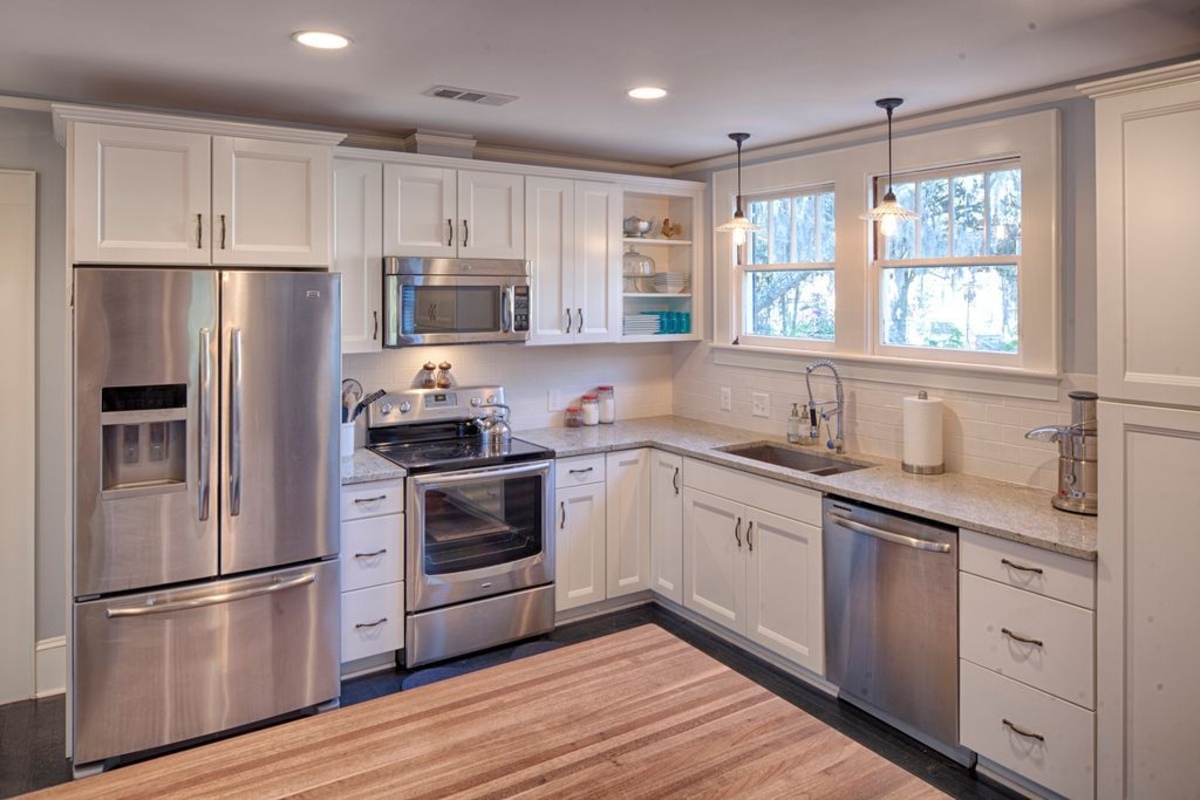
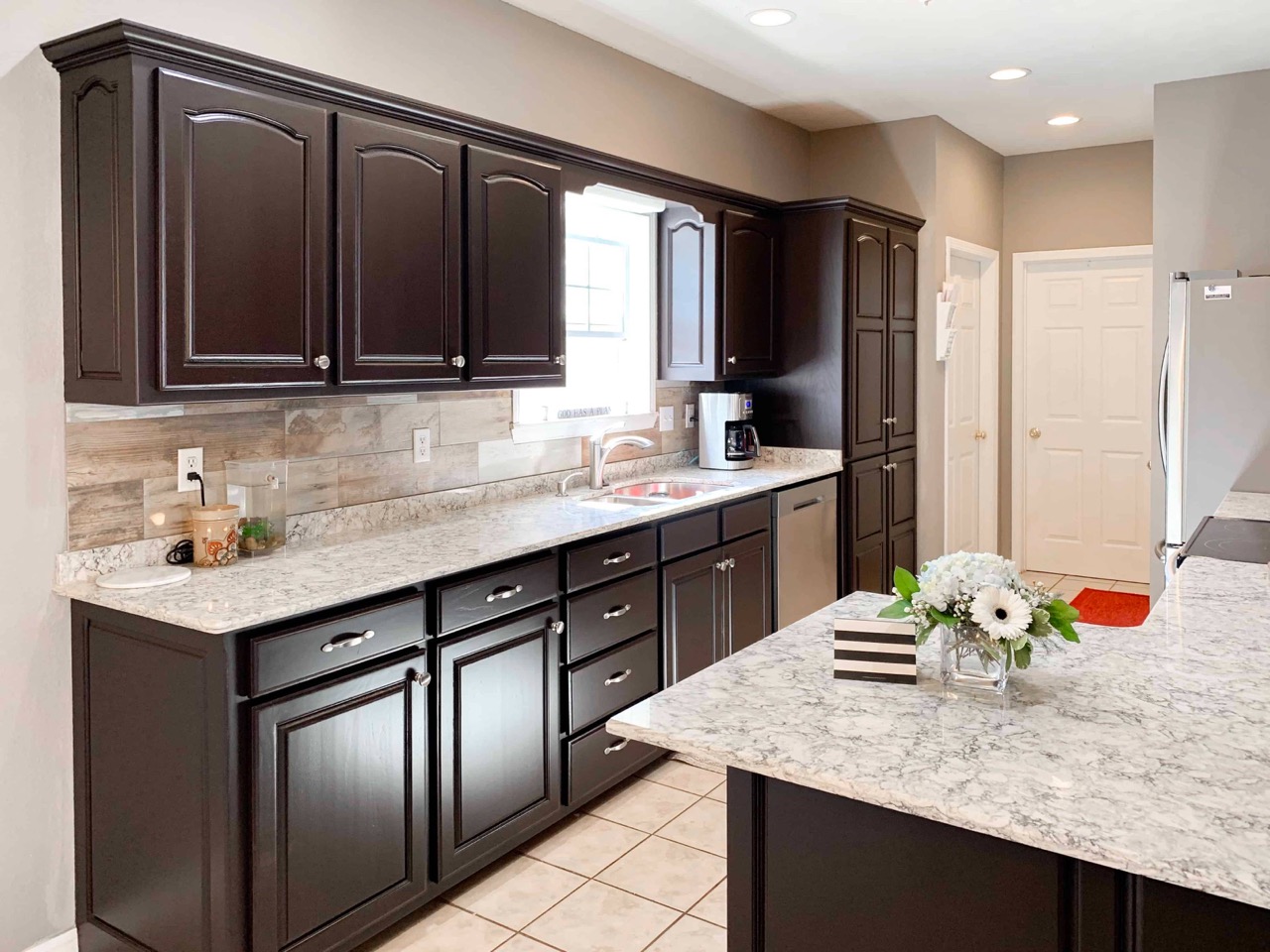
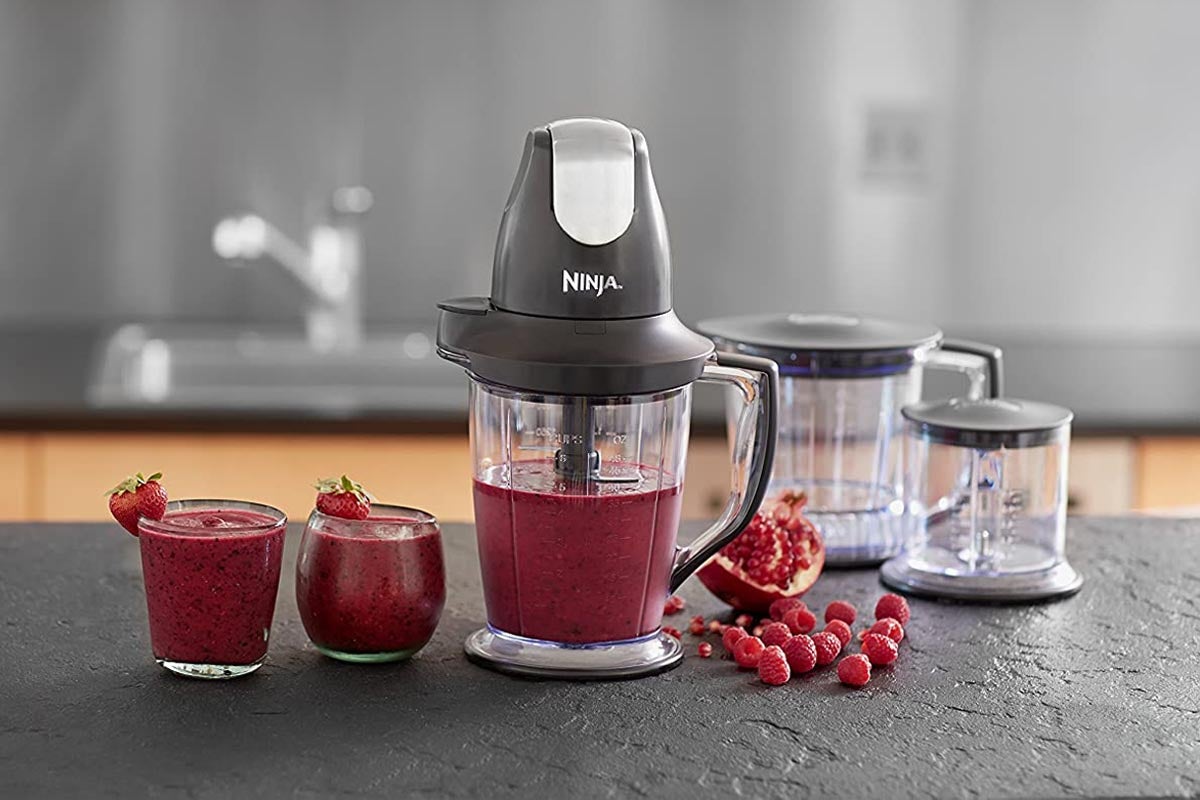
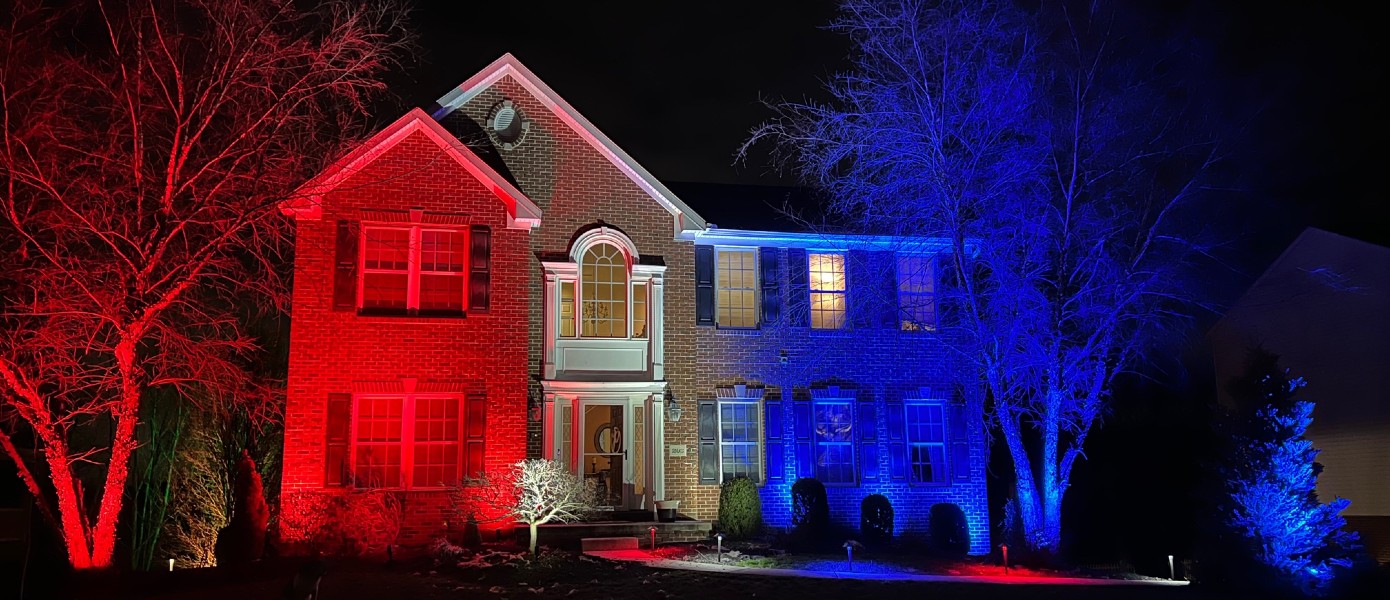

0 thoughts on “What Is The Best Lighting For A Kitchen?”